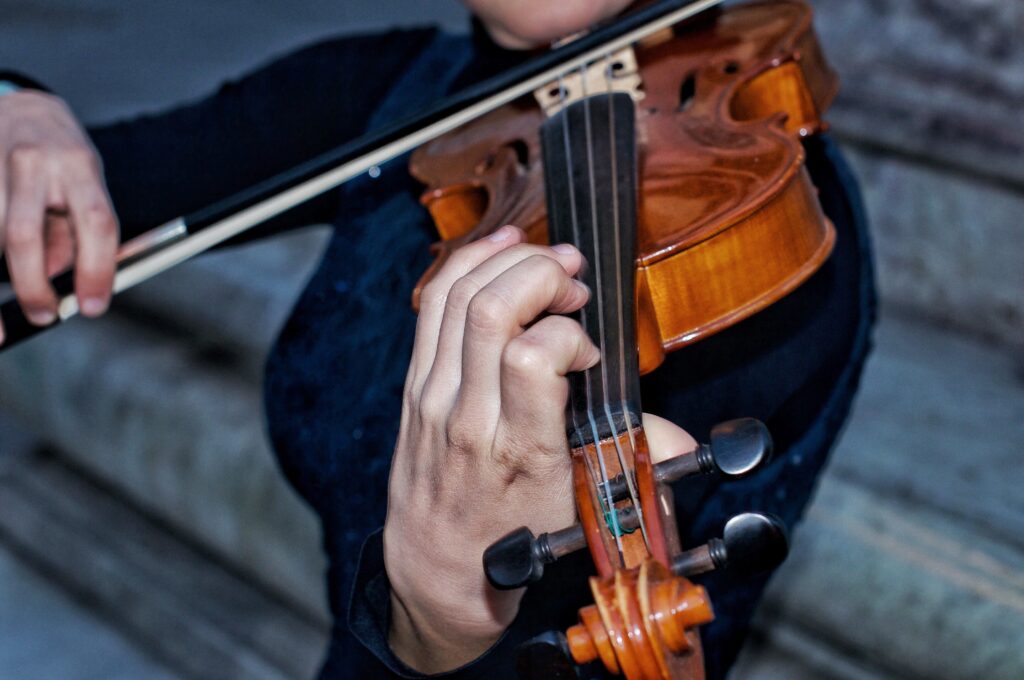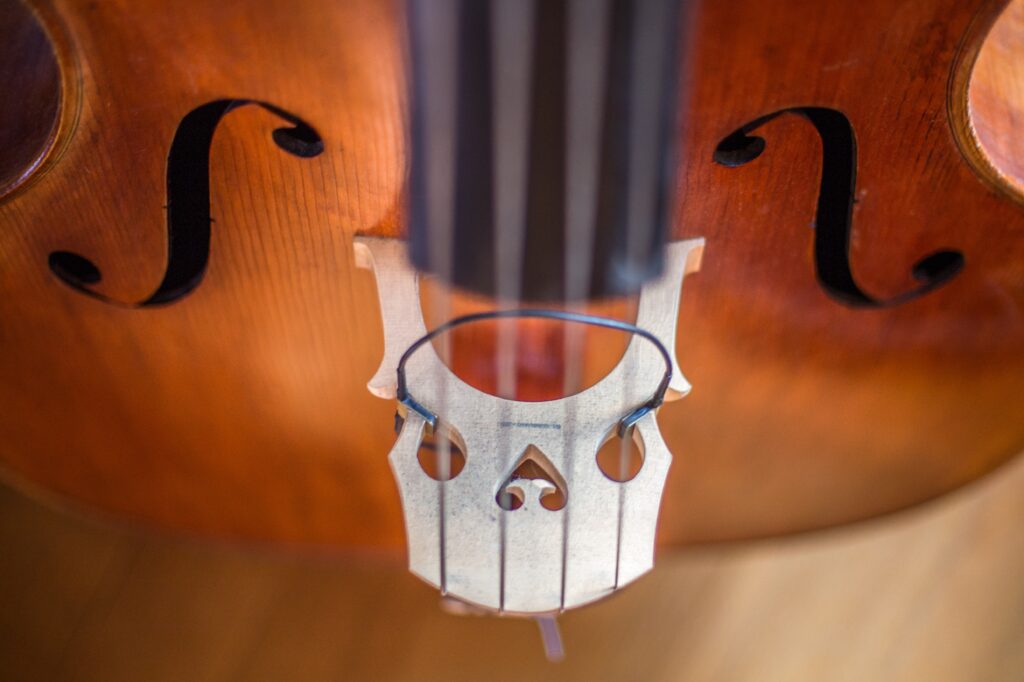Bows and strings are the heart and soul of the musical world. From the violin to the cello to the double bass, they all work together to create music that lifts the soul. But how do they do it? We’ll take you on a journey to discover the secrets and nuances of the relationship between bows and strings, and the magic that happens when they become one. As we explore, you’ll get a better understanding of what’s going on and how to make the most of this special connection.
The Anatomy of Bows and Strings
Before we get into how they work together, it’s important to understand the different components of a bow and string. A bow is a piece of wood with a wooden stick attached to it. It’s often made from exotic wood such as Pernambuco, Brazilwood or carbon fibre. The tension of the horsehair also affects the performance of the bow. For example, the wood can influence the bow’s weight, balance, and flexibility. This affects the player’s control and tone produced. Equally important is the horsehair tension, which determines how much grip the string has on the bow. The tension between the horsehair and the wood is an art.
Strings are made of different materials, such as gut, steel, or synthetic core. Gut strings are known for their warmth and rich, historic sound. They’re popular in baroque music. Steel strings provide brilliance and projection making them a popular choice in modern orchestras. Synthetic core strings combine the properties of gut and steel to provide versatility for a wide range of musical styles.

Bows and strings, when looked at closely, reveal the meticulous work that goes into creating bows and strings. When combined, they become complex instruments. The bow acts as a conduit for energy to flow through the strings. The way these elements interact not only affects the sound of the instrument, but also determines how the player expresses themselves through music. Understanding the subtleties of the bow and strings is the first step in unlocking the magic of the stringed instrument.
Tension and Pressure
The balance between tension and pressure is one of the most important aspects of the complex relationship between bows and strings. The pressure applied by the bow to the strings is like a conductor’s baton, controlling the volume of a symphony. This fundamental concept is what we call the difference between a “whisper” and a “rattle.”
The art of stringed instruments is about finding the perfect balance. Whether you’re a beginner or an expert, you know that the pressure needs to be just right so that the strings can sing without straining their natural resonance. The bow’s speed and angle also affect the tone of the music. This is where the journey from beginner to maestro begins. Friction isn’t the enemy in the world of bow and string. It’s the source of sound production. The friction created by the horsehair’s interaction with the strings creates the vibrations that give the music its sound.
Tone Production
The beauty of bows and strings are their ability to create a wide variety of tones, from delicate harmonies to explosive crescendo. At the core of this magical symphony lies the collaboration between bow and string, where every nuance and movement can shape the sonic environment. The bow’s placement on the string and the exact point of contact becomes the canvas upon which musicians create their musical narratives. Whether it’s a delicate whisper on a solo violin, or the thunderous resonance of a concerto’s cellos, the bow’s role in tone formation is essential. The skill of choosing the right point of touch on the string is an art in itself.
Musicians’ bowing technique further determines the tonal result. A delicate, legato-style bow can produce velvety and long-lasting tones, while a more rapid, staccato-style bow creates dynamic and exciting passages. Balancing the speed and pressure of the bow with the precision of the strings is something that many string players have been pursuing for a lifetime.
Bowing Techniques
Bowing techniques are the tools an artist uses to create beautiful musical experiences. They are not all the same, and are as varied as the genres they are used in. In classical music, bow strokes are often very precise and controlled. Fiddlers in this genre concentrate on achieving a perfect legato. The bow glides smoothly over the strings, producing a lush and lyric sound that brings tears to the eyes. On the other hand, in folk & country music, the bow takes on an entirely different character. With a rhythmic & vigorous approach, fiddlers create lively & foot tapping melodies. This style turns the bow into a powerful rhythmic force. It creates a pulsing groove that will make you dance!
The difference between the two styles is more than style, it is about articulation, dynamic and phrasing. with classical music, bow control allows you to have a wide range of dynamic range. feelings. with country & folk music, you can have a lively & spontaneous feel. For musicians, these techniques are a lifelong pursuit. They spend countless hours perfecting their craft, learning how the bow connects to the strings. They study every nuance of bow pressure, bow speed, bow placement, and more. This tireless pursuit of perfection is what allows them to achieve their musical goals, whether it’s the profound emotional impact of a classic concerto, or the vibrant, toe-tapping joy of a violin tune.
Musical Interpretation
The relationship between bows and strings comes down to the interpretation. It’s where artistry meets technique, and it’s in this combination that the magic happens. Over years of practice, musicians gain a deep understanding of how bow and string work together. They use this knowledge to express feelings, tell stories and create performances that touch the hearts of listeners.

Each bow stroke and each plucked string carry the weight of a musician’s artistic intent. The nuances of their choices set each performance apart. A slight change in bow speed can change a melody from mournful to joyful, while a slight change in pressure can elevate a passage to ethereal or magnificently powerful. As a musician, you’ll learn how to read the subtleties in a composition and translate them into your interpretation. This is where the beauty of bow and string comes into play. You’ll create a unique interpretation of the piece that’s entirely your own.
The Endless Inspiration of Bows and Strings
The relationship between bows and strings is an integral part of the stringed instrument repertoire. It is a symphony of artistry, craftsmanship, precision, tension, pressure, and bowing techniques that combine to create the captivating music that we all love. This interdependent relationship is an expression of human ingenuity and commitment to the pursuit of the art of music. As musicians explore the possibilities of this interdependent relationship, the captivating world of bow and string will remain a source of inspiration.
